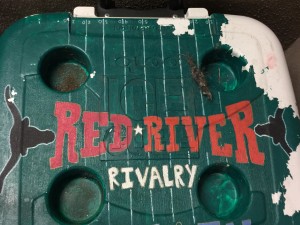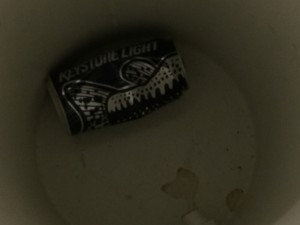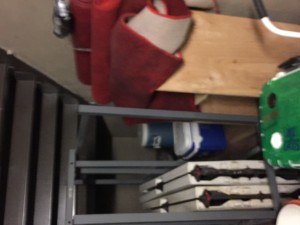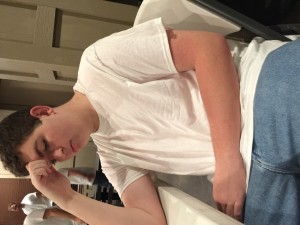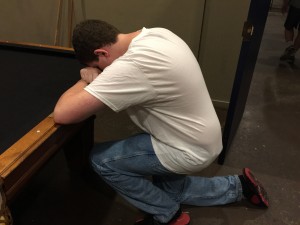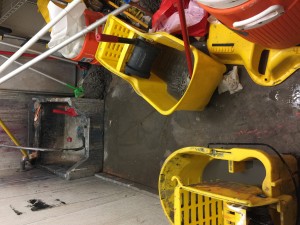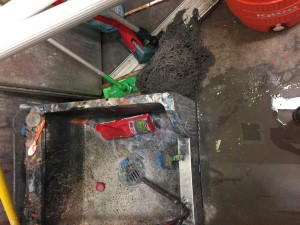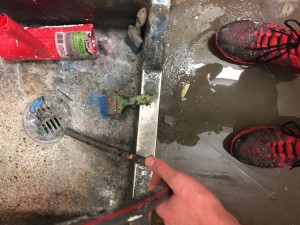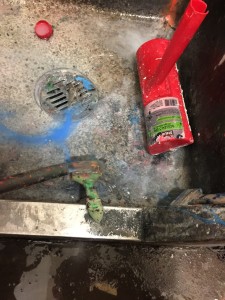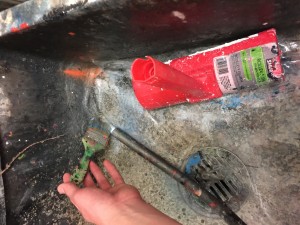This week, we explored the background of our problem in Austin. I created my visual representation to help make sense of the system we are exploring. Here is an explanation of what I created: Our Austin-based problem is transportation. Currently, the problem we are investigating is the broad topic of transportation. We may decide to focus on one part of this issue, however. I made my visual representation in the form of a web. My web has a circle in the middle that’s called “minor traffic accident.” From this center point, I made six surrounding circles that contained more specific issues that this one major issue could cause. I then made more circles that branched off of these secondary ones. Finally, I made lines that connected the circles on the outside to each other where applicable. We are going to use methods like this to narrow in on specific problems within our broad topic, and we will then examine these specific portion of the issue to look for possible causes and solutions. Additionally, we will work individually to research specific problems relating to transportation, and then we’ll combine our research to create a final project.
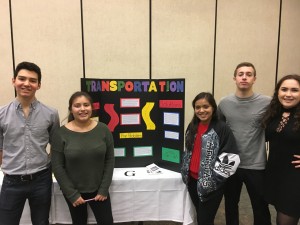 The final project and presentation turned out great. I learned a lot from the project as a whole, and our presentation went well. The presentation made me wonder what other solutions could be created. I also wondered what the implications of our solutions could be. The cost of these solutions could also be a problem, and the safety and security of them could be, as well. I wondered what could happen if someone stole a bike from the city’s bike program, for example. The current feelings/thoughts about my problem are that there are many issues and that it needs to be looked at thoroughly. I think that the issues are hard to solve due to the many different issues people in our community face. My group did a great job with our research, interviews, and visual aids. I made the brochure, and everyone really liked it. We also came up with a lot of good solutions, and we were able to affectively inform the people who came to see our project during the presentation day. We were also able to answer people’s questions, and people asked questions during the presentation that we hadn’t yet thought about. This experience really made us think about the different ways transportation affects those in our community. It also made others think about that when they came to view our presentation. I also gained a lot of new insights by looking at the other projects people in the class had made.
The final project and presentation turned out great. I learned a lot from the project as a whole, and our presentation went well. The presentation made me wonder what other solutions could be created. I also wondered what the implications of our solutions could be. The cost of these solutions could also be a problem, and the safety and security of them could be, as well. I wondered what could happen if someone stole a bike from the city’s bike program, for example. The current feelings/thoughts about my problem are that there are many issues and that it needs to be looked at thoroughly. I think that the issues are hard to solve due to the many different issues people in our community face. My group did a great job with our research, interviews, and visual aids. I made the brochure, and everyone really liked it. We also came up with a lot of good solutions, and we were able to affectively inform the people who came to see our project during the presentation day. We were also able to answer people’s questions, and people asked questions during the presentation that we hadn’t yet thought about. This experience really made us think about the different ways transportation affects those in our community. It also made others think about that when they came to view our presentation. I also gained a lot of new insights by looking at the other projects people in the class had made.